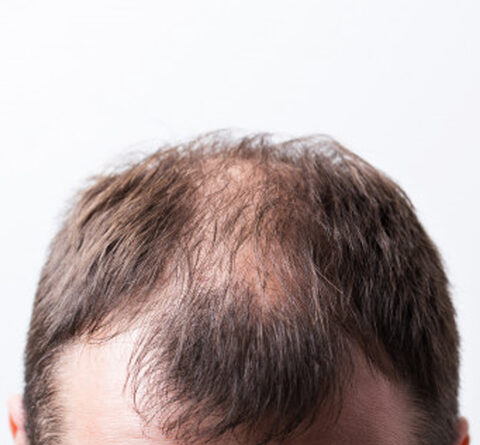Dupa Hair Loss
If you’ve been wondering if you may be suffering from DUPA hair loss, you’ve come to the right place. This condition results in falling, thinning hair and is similar to male pattern baldness. However, it can be treated with medical therapy. Learn more about DUPA and what your doctor may recommend. It’s important to know the facts about this condition before seeking treatment. It can also lead to a number of other medical and cosmetic complications.
DUPA is a subtype of androgenic alopecia
Diffuse unpatterned alopecia (DUPA) is a form of androgenic alopecia that does not follow a specific pattern. The condition affects most areas of the scalp, including the front and back. The hairline is preserved during the process, but the overall hair density decreases.
The main symptoms of DUPA are thinning hair loss over the crown and frontal areas. Hair loss often begins in the temple region, and progresses from there. Some men experience minimal hair loss on the vertex and hairline, but in others, the condition may enlarge and spread to the entire frontal and mid scalp regions.
It causes thinning, weakness, falling, and density loss
Diffuse Unpatterned Alopecia (DUA) is a common hair loss problem that affects the crown, sides, and back hair. The symptoms of DUA include thinning, weakening, falling, and density loss. This type of baldness is genetic and can be inherited from either side of the family.
Diffuse thinning affects the entire scalp, giving the head of hair a “see-through” appearance. It can occur suddenly or gradually over several months. Diffuse thinning can also be accompanied by an easily visible scalp, especially in bright light and when hair is wet.
It can mimic male pattern baldness
If you have experienced hair loss in the back of your head, you may have diffuse unpatterned alopecia (DUPA). DPA is a form of hair loss that affects the whole scalp and has no pattern. It’s genetically similar to male pattern baldness, but is different in appearance. This form of hair loss looks like it’s simply shedding. In some cases, DUPA can be caused by a condition called telogen effluvium.
While DUPA is a type of hair loss that doesn’t fit into traditional models, it’s also one of the most common and widely recognized. Because it’s difficult to distinguish between the two, specialists should be consulted by victims of DUPA to ensure they receive the right treatment.
It responds well to medical treatment
Medical treatments are available for DUPA, or diffuse pattern baldness. These treatments include finasteride and minoxidil. Although these treatments are effective in treating DUPA, they are not indicated for treatment of hair loss in women. Patients can also use hair restoration techniques, such as hair transplants.
DUPA hair loss is caused by the breakdown of testosterone and results in thinning of hair. The main culprit is DHT, or dehydrotestosterone, which causes the hair follicles to shrink, causing them to cease producing hair. The hair is thin and brittle, with little density throughout the head. In advanced cases, the diagnosis can be made by asking the patient if they have been losing hair, and examining the scalp with a magnifying device.
It does not respond well to hair transplant surgery
DUPA hair loss is a type of hair loss pattern that is more common in women than men. It is a condition where the hair is thinning in areas that are lower down on the scalp. Fortunately, this type of loss can often be treated with hairpieces.
This type of hair loss is much less common than DPA but still a serious concern. Women with DUPA hair loss may not be good candidates for hair transplant surgery, which will leave hair thin all over the scalp. However, there are other factors to consider. For example, DUPA patients should be sure they can tolerate surgery.




